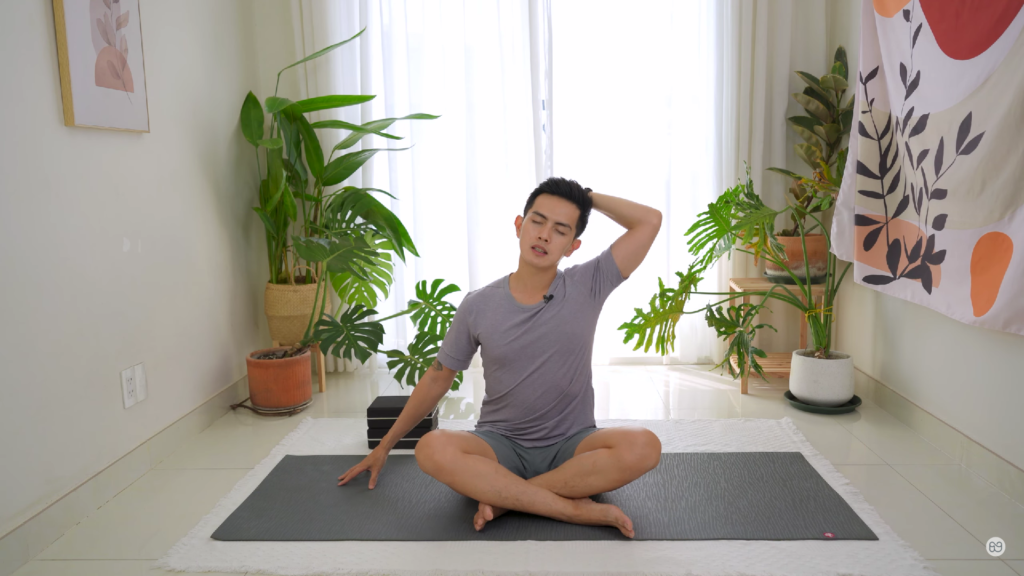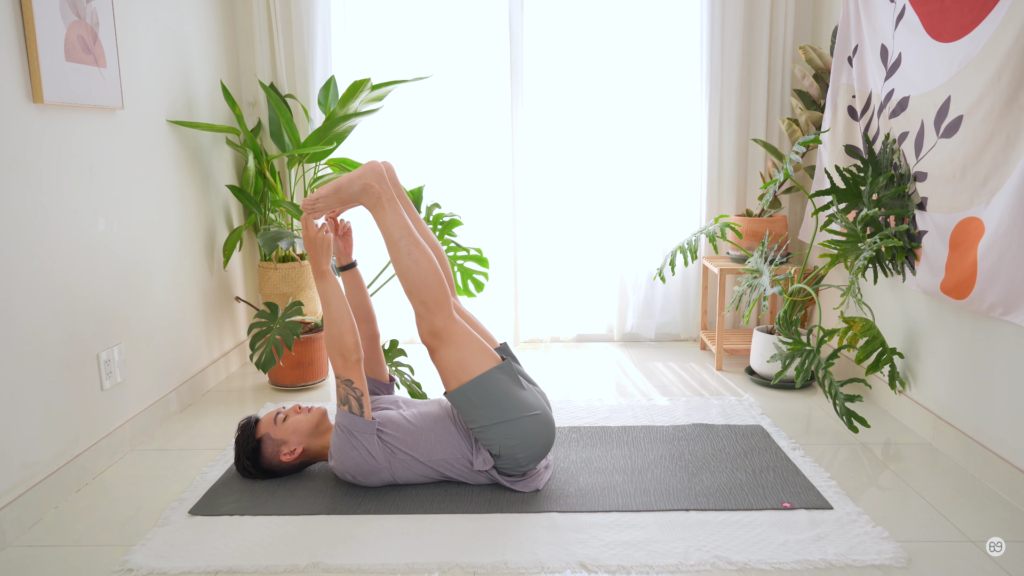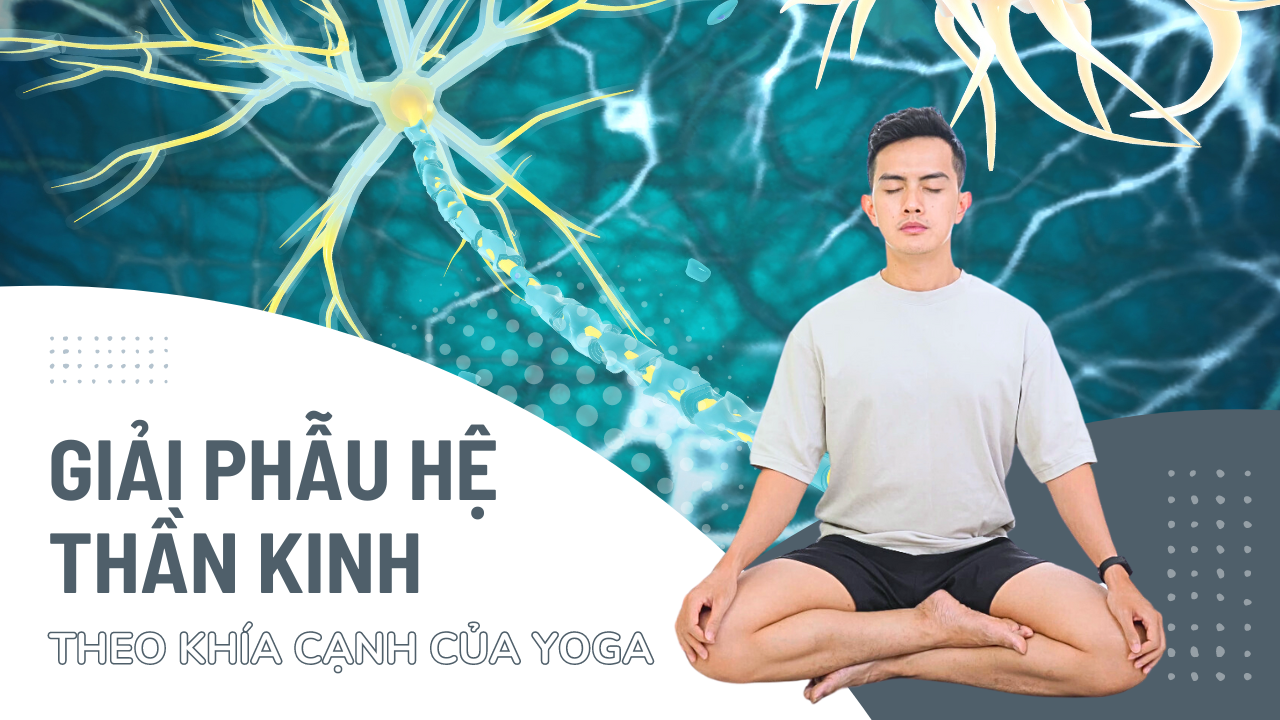Yoga is a practice that brings mental and physical balance, and has become a popular choice for those seeking harmony between mind and body. However, one of the questions that many beginners are interested in is: "When is the best time to practice Yoga?".
To answer this question, let's explore the article below with Nguyen to better understand the benefits of choosing the right time to practice Yoga and how to make the most of your practice sessions. Friend.
Pros and Cons of Yoga Day Sessions
Morning

Practicing Yoga in the morning can help you start a new day with lots of energy, positivity and efficiency. You can set goals and intentions for the day, as well as increase focus and creativity. In addition, practicing Yoga in the morning can also help you improve your diet, because you will tend to eat healthier and more nutritious foods. However, practicing Yoga in the morning also has some difficulties, such as you have to wake up earlier, your body may still be stiff and cold after a night of sleep, and you may be interrupted by other tasks. and other responsibilities.
Noon
Practicing Yoga at noon can help you relieve stress, fatigue and pressure after half a working day. You can use your lunch break to relax, regenerate energy and rebalance your body and mind. Additionally, practicing Yoga at noon can also help you digest better, because you won't eat too much or too quickly. However, practicing Yoga at noon also has some limitations, such as you may not have enough time to practice comprehensively, you may be distracted by unfinished tasks and problems, and You may need to prepare your workout clothes and equipment in advance.
Evening

Practicing Yoga in the evening can help you end a long day with relaxation, peace and satisfaction. You can use this time to review what you've done during the day, as well as to prepare for a good night's sleep. In addition, practicing Yoga in the evening can also help you reduce pain, improve blood circulation and breathing, and strengthen the immune system.
However, practicing Yoga in the evening also has some points to keep in mind, such as you should avoid movements that are too strong or stimulating, you should practice at least two hours before going to bed, and you should have a snack before going to bed. and after exercise.
So, you have learned some of the benefits and disadvantages of practicing Yoga at different times of the day.
When is the Best Time to Practice Yoga?
It is a traditional view of yoga practitioners that practicing yoga in the morning is the best time. They believe that about 96 minutes before sunrise, a period called brahma muhurta, is the most favorable time for spiritual sublimation, inner peace and mental clarity. The dawn is a time of new beginnings and is believed to bring about a higher connection with the divine.
Waking up earlier than usual to practice Yoga may be difficult at first, but the rewards it brings are worth it. Practicing Yoga movements and breathing into brahma muhurta can lead to increased energy levels and improved mental health. The body and mind remain in a state of rest, undistracted by external factors, allowing the practitioner to connect more deeply with themselves. The pre-dawn atmosphere brings a sense of peace and serenity, ideal for reflection and self-reflection.
Therefore, it is a well-founded opinion that practicing Yoga in the morning is the best time, but it may not be suitable for everyone. You should carefully consider the benefits and disadvantages of practicing Yoga in the morning, and choose the time that best suits you and your conditions.
Notes when practicing Yoga in the morning
Time
- Yoga should be practiced about 96 minutes before sunrise, which is around 4:30 to 5:00 am.
- If you can't wake up early, you can practice Yoga around 6:00 a.m. to 7:00 a.m., before breakfast.
- Yoga should be practiced on an empty stomach, or at least 2 hours after eating something light.
Location
- Yoga should be practiced in a quiet, airy, clean place with natural light.
- If possible, practice Yoga outdoors, like in the garden, park, or beach, to breathe fresh air and feel the vibrancy of nature.
- If practicing Yoga indoors, you should choose a spacious, comfortable space and not be distracted by surrounding objects or noise.
Support materials
- You should use a good quality Yoga mat with high grip and elasticity to avoid slipping or pain when practicing.
- If necessary, you can use other support items, such as pillows, blocks, straps, or chairs, to adjust the difficulty and depth of Yoga movements.
- You should bring a bottle of water to drink when you feel thirsty, but don't drink too much to avoid bloating.
Clothes
- You should wear clothes that are comfortable, have good elasticity and absorb sweat.
- You should choose light, bright and harmonious colors to create a happy and positive feeling.
- If practicing Yoga outdoors, you should wear a jacket or hat to keep warm and protect your skin from the sun.
The order of execution
- You should start your workout session with a few minutes of meditation, to listen to your body, breathe deeply and create a connection between mind and body.
- You should continue your workout session with warm-up movements to warm up your muscles, increase blood circulation and flex your joints.
- You should choose Yoga movements that suit your goals, level and health status, and pay attention to your breathing, posture and emotions.
- It's a good idea to end your workout with a few minutes of relaxation, to thank your body, mind and universe, and to let your body recover and rebalance.
Nguyen hopes that the above shares will be effective and useful in her process of conquering Yoga. Besides, there are also many articles about health and Yoga at Nguyen's blog, especially Youtube channel Nguyen has many other useful exercises and movements, please follow and look forward to Nguyen!



